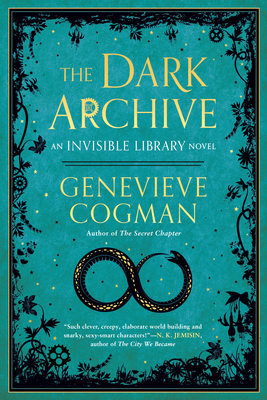 The Dark Archive (The Invisible Library, #7) by Genevieve Cogman
The Dark Archive (The Invisible Library, #7) by Genevieve Cogman Format: eARC
Source: supplied by publisher via Edelweiss, supplied by publisher via NetGalley
Formats available: paperback, ebook
Genres: fantasy, historical fantasy, steampunk, urban fantasy
Series: Invisible Library #7
Pages: 336
Published by Ace on November 26, 2020
Purchasing Info: Author's Website, Publisher's Website, Amazon, Barnes & Noble, Kobo, Bookshop.org
Goodreads
A professional spy for a mysterious Library which harvests fiction from different realities, Irene faces a series of assassination attempts that threaten to destroy her and everything she has worked for.
Irene is teaching her new assistant the fundamentals of a Librarian's job, and finding that training a young Fae is more difficult than she expected. But when they both narrowly avoid getting killed in an assassination attempt, she decides that learning by doing is the only option they have left - especially when the assassins keep coming for them, and for Irene's other friends as well...
In order to protect themselves, Irene and her friends must do what they do best: search for information to defeat the overwhelming threat they face and identify their unseen enemy. To do that, Irene will have to delve deeper into her own history than she ever has before, face an ancient foe, and uncover secrets that will change her life and the course of the Library forever.
My Review:
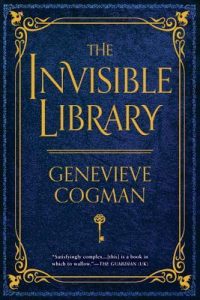 The Invisible Library series could also be titled, “The Perils of Irene” – without any sort of a stretch at all. Irene’s adventures aren’t just “out of the frying pan into the fire” but frying pans and fires all the way down. Until the last jump lands Irene (and company) straight into a pit where it’s always darkest just before things turn completely black. Then a light shines at the end of the tunnel and it’s always an oncoming train.
The Invisible Library series could also be titled, “The Perils of Irene” – without any sort of a stretch at all. Irene’s adventures aren’t just “out of the frying pan into the fire” but frying pans and fires all the way down. Until the last jump lands Irene (and company) straight into a pit where it’s always darkest just before things turn completely black. Then a light shines at the end of the tunnel and it’s always an oncoming train.
Which Irene and her friends manage to board and escape – only to have both the train and the station it crashes into transform into another frying pan and another fire. Each and every one bigger and hotter than the last.
And so it goes with this seventh book in the series, as Irene and her friends are still dealing with the fallout from the previous adventure in The Secret Chapter, only to discover that the mess that they thought they’d wrapped up hasn’t really begun. It’s just moved itself to a new home. Theirs.
Irene’s adventures tend to be caper stories. Well, they at least begin as caper stories. The opening scenes are of Irene sent somewhere questionable and doing something slightly dodgy, in order to “acquire” a book that the Library needs and that Irene has been ordered to get.
Sometimes (rarely) Irene’s methods of acquisition are on the relatively up and up – either an exchange of money or an exchange of more-or-less above board favors. When this story begins, Irene is in Guernsey in her analog of Victorian London intending to buy a copy – or possibly THE copy, of Le Morte de Merlin by Thomas Malory. (If the title sounds familiar, that’s because it’s this particular world’s foundational book of the Arthurian legends – except they’re based around Merlin instead. As if Mary Stewart’s The Crystal Cave were both rare and historical canon.)
Howsomever, as so often happens in the parts of Irene’s life that we are privileged to witness, the slightly clandestine but otherwise above board goes pear-shaped. The meeting place is attacked, the sellers are assassinated and Irene and her new apprentice escape the clutches of evil by the skin of their teeth – WITH the book firmly in hand.
While the beginning of this story is far from atypical for the series – and very much part of the reason that I love it so much – the farrago of death, danger and derring-do that Irene and her friends find themselves in this time turns out to be a walk through some very dark places.
Because it’s not just a book or even the future of the Library that’s at stake this time. What opens as just another one of Irene’s “little” adventures turns out to be the opening act in a fight for her very soul.
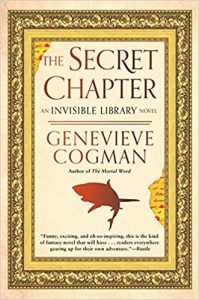 Escape Rating B: This turned out to be more of a mixed-feelings read than I was expecting. Because I absolutely adore this series and have been waiting all year for this book, so I expected to fall into instantly and love every minute of reading it.
Escape Rating B: This turned out to be more of a mixed-feelings read than I was expecting. Because I absolutely adore this series and have been waiting all year for this book, so I expected to fall into instantly and love every minute of reading it.
But, but, but, it took me a while to get stuck back into Irene’s world, longer than usual. That may partly be ‘tis the season as well as ‘tis the year 2020 and everything is weird. I think it was also that the opening of this story reads like so many of the other books with tiny variations, that it felt like it started a bit in the middle – as in the opening is very dependent on events in the previous book – and that this book represents a change in direction for the series – or at least an expansion in scope as well as a contraction in focus – and it took a bit to switch from just another caper to “the end of the world as we know it” to “the end of Irene’s world as she knows it”. Which is not the same thing at all.
Also, Irene spends a lot of this story not just being reactive instead of proactive – because that’s normal – but because she’s reacting in confusion and obfuscation to the point where I as the reader felt more confused and obfuscated than I either liked or expected. Irene has a reputation for “getting shit done” but spent the beginning and middle of this book flailing around and worrying about her new apprentice instead of just dealing with shit.
At least it felt that way.
Then all of the various enemies’ schemes collapsed into (finally) one big ball of wrong instead of a whole lot of bouncing little balls of wrong and the whole story took flight even as Irene’s life crashed and burned.
The ending pushes the whole story off the original “light” rail and onto a much deeper and darker track. It’s going to be marvelous and probably heartbreaking and I can’t wait until this time next year when we’ll probably (hopefully) get book 8 in the series.
 One final note, when I saw the title of this entry in the series, it sounded familiar – only because the title is oh-so-similar to another book that came out this fall, written by a real-world librarian and archivist. That similarly titled but not similar in subject book is Dark Archives: A Librarian’s Investigation into the Science and History of Books Bound in Human Skin by Megan Rosenbloom. You’d think it wouldn’t be remotely relevant. But it sorta/kinda is in a much creepier way than I could ever have expected.
One final note, when I saw the title of this entry in the series, it sounded familiar – only because the title is oh-so-similar to another book that came out this fall, written by a real-world librarian and archivist. That similarly titled but not similar in subject book is Dark Archives: A Librarian’s Investigation into the Science and History of Books Bound in Human Skin by Megan Rosenbloom. You’d think it wouldn’t be remotely relevant. But it sorta/kinda is in a much creepier way than I could ever have expected.
Read this series, starting with The Invisible Library, and you’ll see.

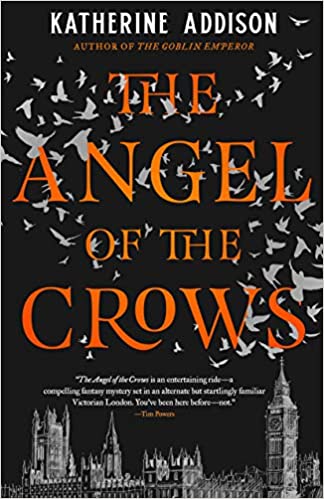 The Angel of the Crows by
The Angel of the Crows by 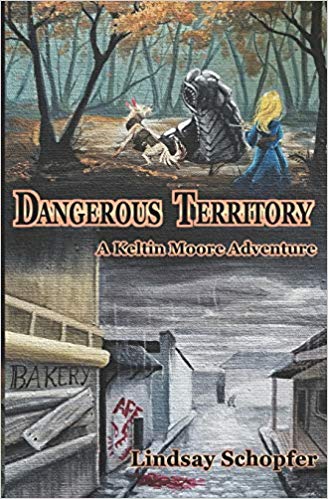 Dangerous Territory: A Keltin Moore Adventure by
Dangerous Territory: A Keltin Moore Adventure by 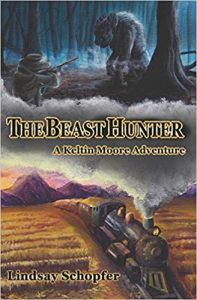 Three books in, after
Three books in, after 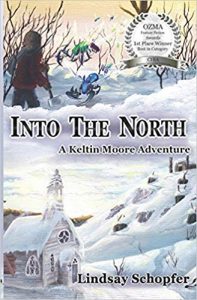 Escape Rating A-: There’s just something about this series that I eat up with a spoon. They are all relatively compact books, tell a compact story featuring an interesting and empathetic main character. I want to know what happens to Keltin next and I’m really sorry there’s no fourth book immediately available.
Escape Rating A-: There’s just something about this series that I eat up with a spoon. They are all relatively compact books, tell a compact story featuring an interesting and empathetic main character. I want to know what happens to Keltin next and I’m really sorry there’s no fourth book immediately available.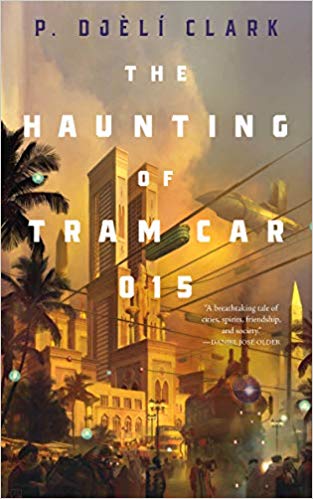 The Haunting of Tram Car 015 by
The Haunting of Tram Car 015 by 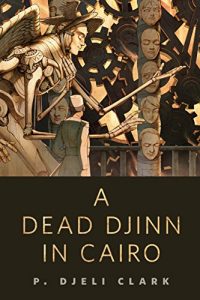 We only get hints of what the djinn are capable of in this story (I hope there’s more in the author’s previous work,
We only get hints of what the djinn are capable of in this story (I hope there’s more in the author’s previous work, 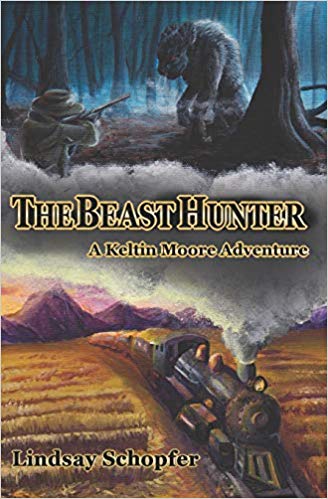 The Beast Hunter (The Adventures of Keltin Moore, #1) by
The Beast Hunter (The Adventures of Keltin Moore, #1) by 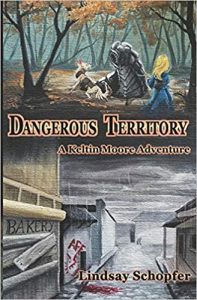 At every stage it seems as if the entire enterprise is on the verge of collapse or extermination – whether by the rampaging beasts or by internal strife. The reader spends the entire story on the edge of their seat, wondering who will live, who will die, and whether Keltin will emerge from this whole mess with more damage than can ever be healed.
At every stage it seems as if the entire enterprise is on the verge of collapse or extermination – whether by the rampaging beasts or by internal strife. The reader spends the entire story on the edge of their seat, wondering who will live, who will die, and whether Keltin will emerge from this whole mess with more damage than can ever be healed.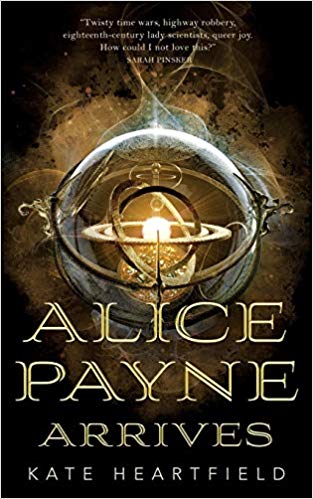 Alice Payne Arrives (Alice Payne, #1) by
Alice Payne Arrives (Alice Payne, #1) by 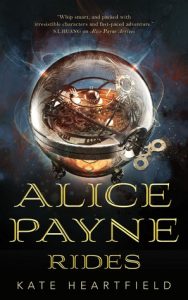 Prudence is trying to stop time travel. Alice’s story is easy. It takes the reader a while to understand why Prudence feels like she needs to essentially commit treason – and we get enough to grasp what’s wrong by the tip of our reading fingernails without understanding it in quite as much depth as I’d like. The ending felt both a bit rushed and a bit of a tease for the next book in the series.
Prudence is trying to stop time travel. Alice’s story is easy. It takes the reader a while to understand why Prudence feels like she needs to essentially commit treason – and we get enough to grasp what’s wrong by the tip of our reading fingernails without understanding it in quite as much depth as I’d like. The ending felt both a bit rushed and a bit of a tease for the next book in the series.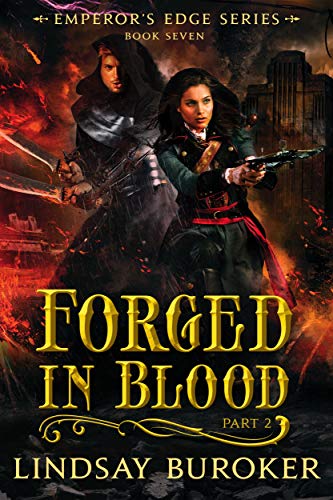 Forged in Blood II (The Emperor's Edge, #7) by
Forged in Blood II (The Emperor's Edge, #7) by 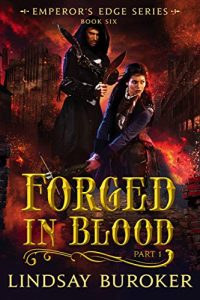 (Fair warning, this review will contain spoilers for Forged in Blood I. It would be equally impossible to talk at all about this book without talking about that book. They are pretty much one story, and everything that happens here is dependent on what happened there. Also, Captain Obvious being very obvious, don’t start the series here!)
(Fair warning, this review will contain spoilers for Forged in Blood I. It would be equally impossible to talk at all about this book without talking about that book. They are pretty much one story, and everything that happens here is dependent on what happened there. Also, Captain Obvious being very obvious, don’t start the series here!) Realistically, it would not be possible for a series that had this much adventure – including misadventure, in it without a butcher’s bill to be paid by the company. That price that they paid felt right, proper and necessary – and provided a much needed bit of poignancy to the ending.
Realistically, it would not be possible for a series that had this much adventure – including misadventure, in it without a butcher’s bill to be paid by the company. That price that they paid felt right, proper and necessary – and provided a much needed bit of poignancy to the ending.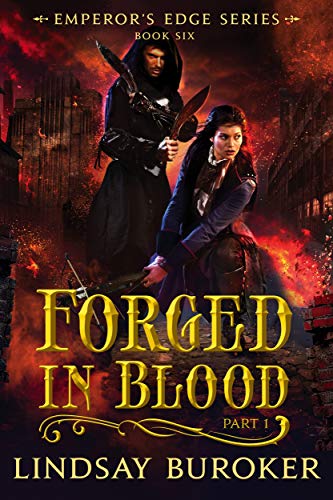 Forged in Blood I (The Emperor's Edge, #6) by
Forged in Blood I (The Emperor's Edge, #6) by  But back then, I raced through the first four books in the series (
But back then, I raced through the first four books in the series (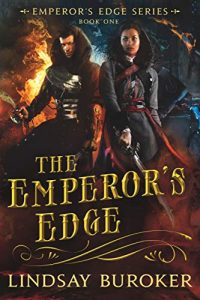 So Forged in Blood I is the beginning of the end. Start with The Emperor’s Edge and get to know this amazingly awesome – just ask some of them – band of big damn heroes. And end this part of the story on pins and needles, not merely wondering but actively worrying whether all of them will get out of this caper alive.
So Forged in Blood I is the beginning of the end. Start with The Emperor’s Edge and get to know this amazingly awesome – just ask some of them – band of big damn heroes. And end this part of the story on pins and needles, not merely wondering but actively worrying whether all of them will get out of this caper alive.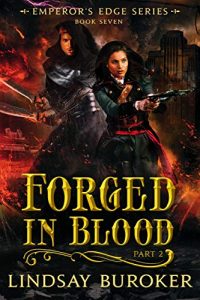 This is a series where the worldbuilding has gotten deeper as it goes, as have the chasms that our heroes must leap across in order to stay alive and one step ahead of their many, many pursuers. The pace never lets up – leaving the reader breathless with anxiety and anticipation at the end.
This is a series where the worldbuilding has gotten deeper as it goes, as have the chasms that our heroes must leap across in order to stay alive and one step ahead of their many, many pursuers. The pace never lets up – leaving the reader breathless with anxiety and anticipation at the end.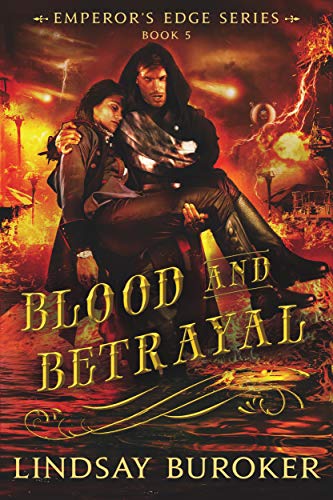 Blood and Betrayal (The Emperor's Edge, #5) by
Blood and Betrayal (The Emperor's Edge, #5) by 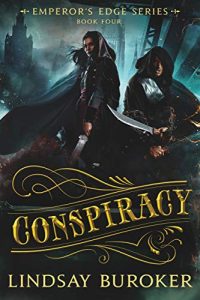 Escape Rating A: It’s been 5 years since I read the previous book in this series, but as soon as I started this one (admittedly after re-reading my reviews of the previous four) I fell right back into this world and was just as caught up in the interpersonal dynamics of this terrifically odd assortment of people as I was back then.
Escape Rating A: It’s been 5 years since I read the previous book in this series, but as soon as I started this one (admittedly after re-reading my reviews of the previous four) I fell right back into this world and was just as caught up in the interpersonal dynamics of this terrifically odd assortment of people as I was back then.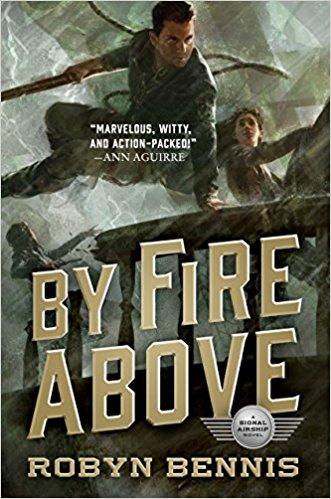 By Fire Above (Signal Airship, #2) by
By Fire Above (Signal Airship, #2) by 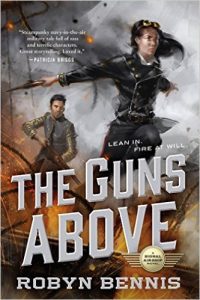 By Fire Above is the direct sequel to last year’s absolutely awesome
By Fire Above is the direct sequel to last year’s absolutely awesome